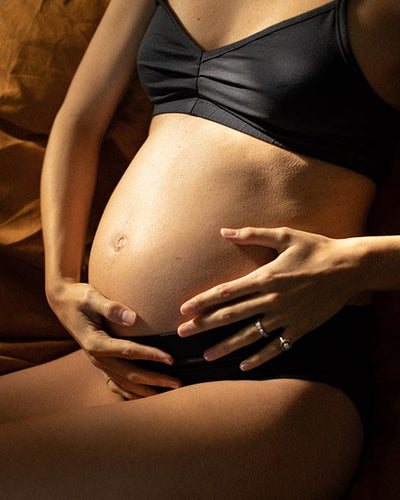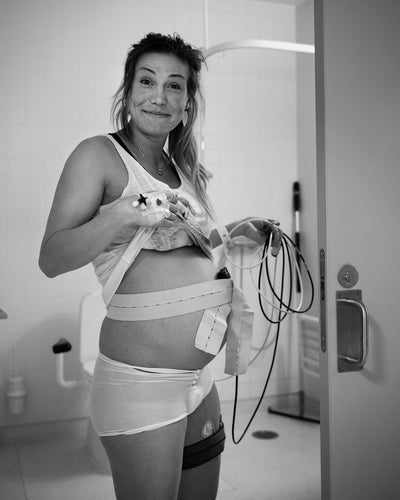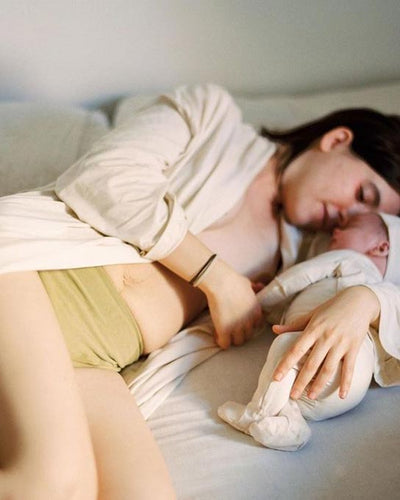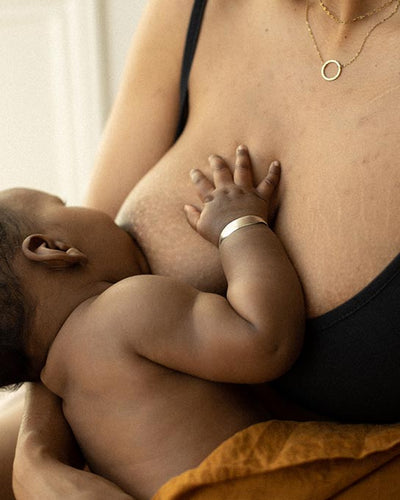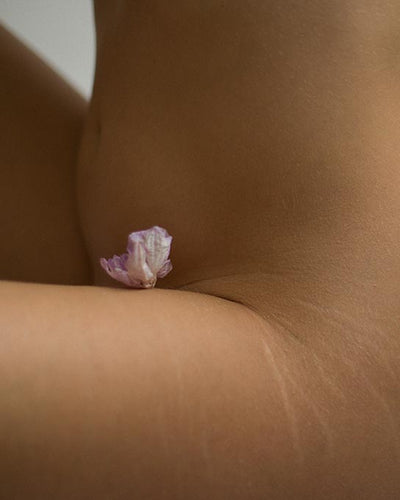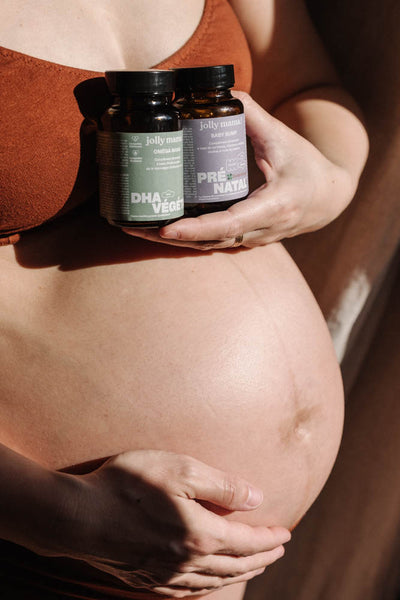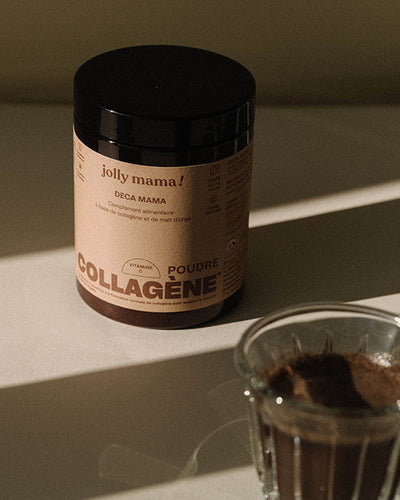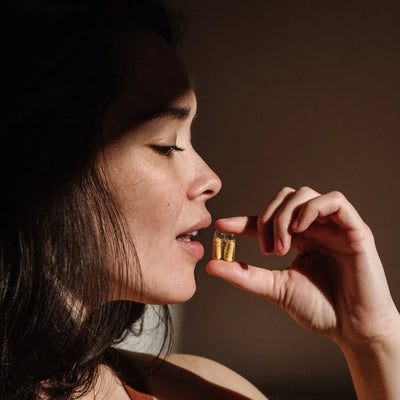La grossesse est la principale cause de microchimérisme naturel par le biais d’un échange cellulaire bidirectionnel transplacentaire entre la mère et le fœtus. Pendant une grossesse normale, il y a un transfert réversible de cellules maternelles, fœtales et placentaires. Il se produit dans toutes les grossesses et augmente avec l'âge gestationnel.
Un petit nombre de cellules de la mère persistent chez son enfant jusqu'à l'âge adulte (microchimérisme maternel), alors qu'un petit nombre de cellules provenant de grossesses précédentes persistent chez la mère pendant de nombreuses années (microchimérisme foetal)[1].
Le dosage de la présence du chromosome Y chez les femmes ayant déjà eu des grossesses masculines est un moyen pratique d'évaluer le microchimérisme. Grâce à cette méthode, des cellules mâles d'origine fœtale présumée ont été détectées chez 30 à 50 % des femmes dans un certain nombre d'études[2]. Il n’est pas nécessaire d’avoir eu un garçon pour qu’il y ait eu un microchimérisme foetal mais cela est plus simple à observer (grâce au chromosome Y).

